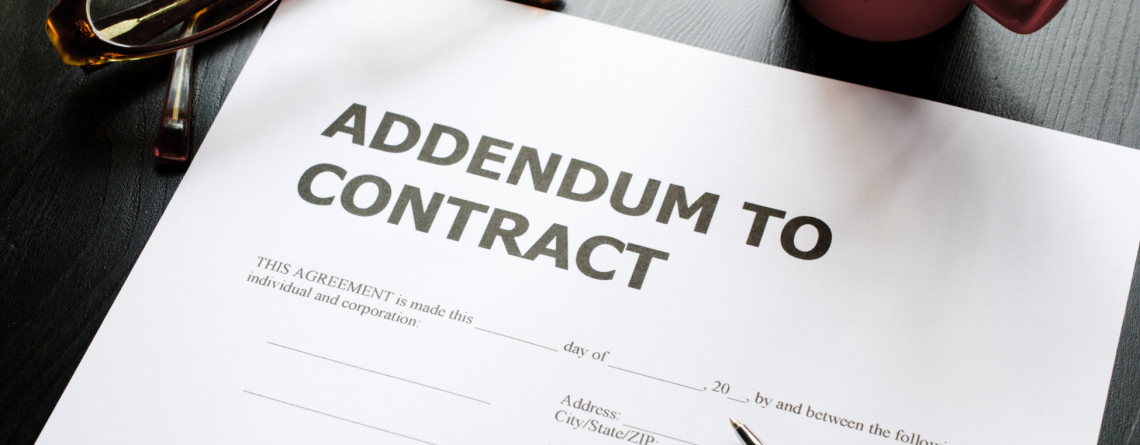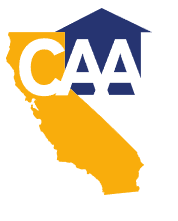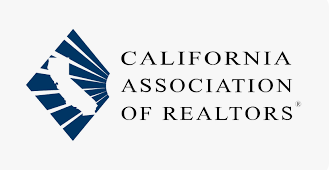Rental Agreement Addendums—Well Worth the Paper They’re Printed On
Last week, I began answering a reader’s questions about lease agreements, specifically about the minimum contract a landlord should consider, what should be included in the contract, and whether a contract is even worthwhile. I reviewed all the issues covered in our lease agreement. This week, I’ll get into the addendums we use—some we always use; others depend on circumstance.
I neglected to mention the reader’s astute observation that, “it seems these days sometimes the tenants have more rights than the landlord.”
I would only disagree with the word “sometimes.” The government values a citizen’s home as almost sacred, and if you allow your property to be used as someone else’s home, know that you are giving up some control over that asset.
To maintain as much control as you can, I recommend being as explicit as possible about hazards and where responsibility lies for repairing or maintaining the property. Our property management division helps property owners protect their property with several addendums to our lease agreement, including the following:
- Lead-based paint disclosure – before 1978 paint contained lead. When lead was prohibited, old paint did not vanish into thin air. It remained on shelves and in warehouses, where contractors sometimes found it and used it. Consequently, regardless of the age of a property, we use this disclosure for all leases.
- Mold disclosure – mold spores exist and the way you care for a home can either help mold grow or keep it at bay.
- Prop. 65 disclosure – so far as I can tell, everything has chemicals known to the State of California to cause cancer. I am confident your property is no exception.
- Combined hazards disclosure – the California Environmental Protection Agency publishes an excellent guide covering asbestos, formaldehyde, radon, hazardous waste, carbon monoxide and more.
- Unlawful activity addendum – in today’s world, we’ve resorted to this addendum to let tenants know that they are responsible for their own behavior as well as that of any guests. Just because the guests didn’t sign the lease agreement doesn’t mean the tenant isn’t responsible for enforcing its rules.
- Bed bug addendum – this lets folks know how to avoid bringing bed bugs into your property, and that it is their responsibility to keep your property bed bug-free.
- Ag disclosure – if your property is within 300 feet of agricultural land, this disclosure let’s them know there are a few downsides: noise and chemical spraying come to mind.
- Grilling addendum – this addendum falls under the heading, “Common Sense” and requires people to follow the manufacturer’s instructions in operating indoor and outdoor grills.
- Pet addendum – if you allow pets, be specific about how many and what kind, and be clear that the tenant is liable for any damage caused by pets.
- Satellite dish addendum – courts have determined that tenants have a right to a satellite, but the addendum protects the landlord by requiring the landlord be involved in where the equipment is installed and who is responsible for removing it if/when the tenant vacates the property.
- Welcome letter – this letter provides an overview of the tenants responsibilities and reminds them when their rent is due, that they need to put the utilities in their name, and how to get in touch in case of emergency.
- Move-in checklist – this checklist requires the tenant to thoroughly review the interior and exterior of the property, and notify the landlord of any flaws or problems to eliminate disagreements when the tenant moves out.
These addendums contain excellent information, but they do you no legal good if you don’t make sure the tenant signs a document agreeing to the conditions. Your property is valuable. Don’t skimp on paperwork.






